Grandiflora’s guide to festive floral arranging
Grandiflora’s Saskia Havekes reveals the expert tips and tricks to making statement-making Christmas arrangements.
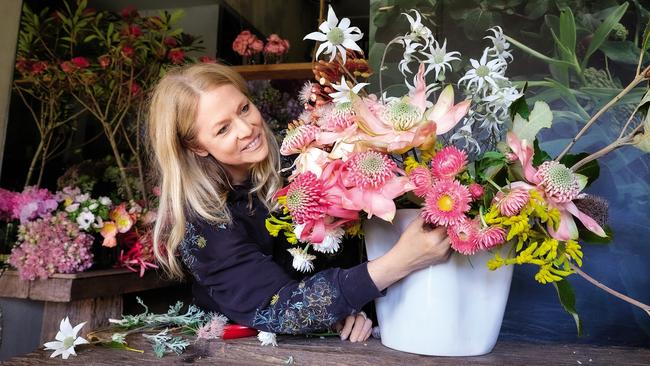
It’s been a 30-year dance to persuade both local flower growers and flower lovers to place our homegrown natives centre stage. Some still remark that they’ll forever be dust collectors on the mantelpiece. I ask these folks to observe the flowering of a pink waratah.
To me it’s like watching the opening curtain at the opera, our very own version of magnolia grandiflora.
I think I’ve been fascinated by Australian natives from when I was running around barefoot in the bush. While along the front of our house my childhood garden was filled with roses and buttercups, water iris and canna lilies, my imagination was captured down in the valley and creekside. This is where my sisters and I boiled our billies, watched over by wild flannel flowers and old man banksia and angophora trees.
To me, our diverse native beauties represent who we are as a nation and what we have to offer to the world. Only the harshness of our continent could conjure such a spirited variety of texture, colour and fragrance. It’s no wonder people travel from overseas just to witness their blooming. I adore the way they transform our landscapes through different seasons. Gymea lilies dot the south coast of NSW with giant red leathery totems in spring and our freeways explode into colour with wattle to welcome summer.
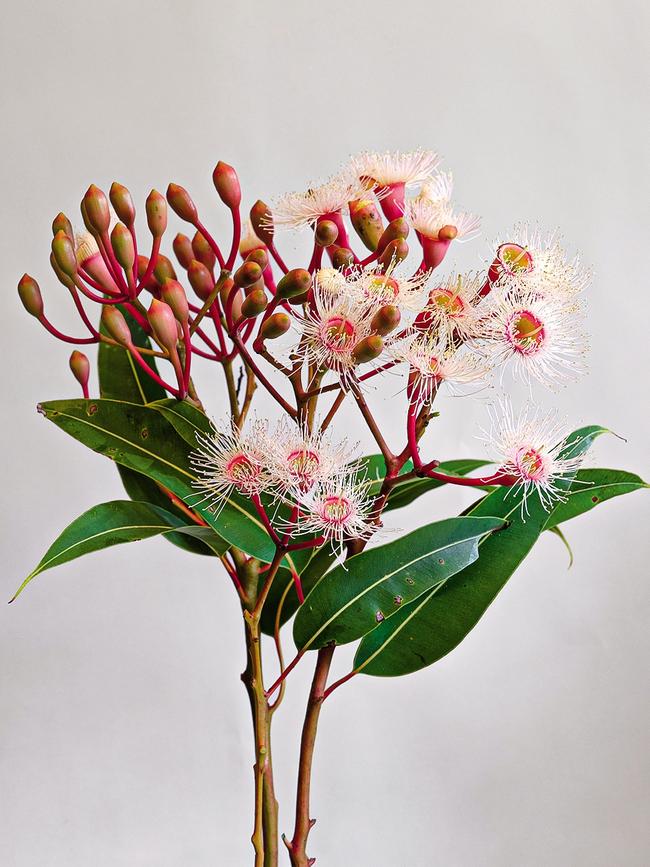
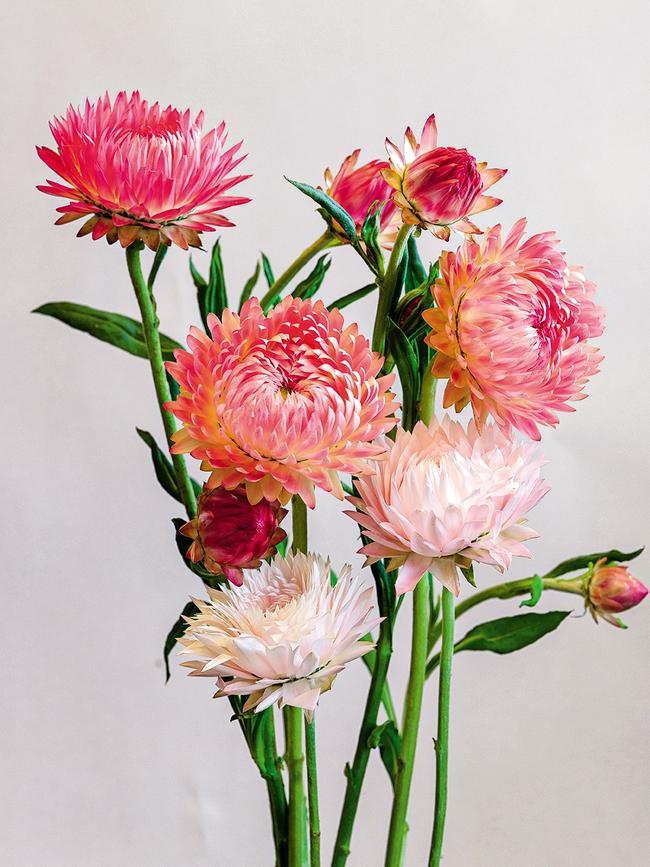
I also love the unique characters of different regions. Inland you’ll meet odd fellows like the Sturt’s desert pea – their personalities are hilarious. Or in WA you might just miss the less-striking boronia, a jolly gentleman. One European summer evening in 2018, seated between two of the greatest noses, Bertrand Duchaufour to my left and Michel Roudnitska to my right in Roudnitska’s Grasse garden, he casually enquired, “Saskia, tell us about boronia”. I thought, “Why would a Frenchman want to know about boronia?” I quickly learned that its oil is highly revered among the small circle of niche and luxury fragrance makers. This inspired me to create a dedicated boronia perfume and new candle (with Duchaufour) using old French techniques to bring this intoxicating scent to the world stage.
It fills me with so much pride being able to work with natives every day. Taming their prehistoric limbs in your home isn’t as much of a rodeo as you might think. A large and confident vase and a good pair of “seccys” is a good place to start.
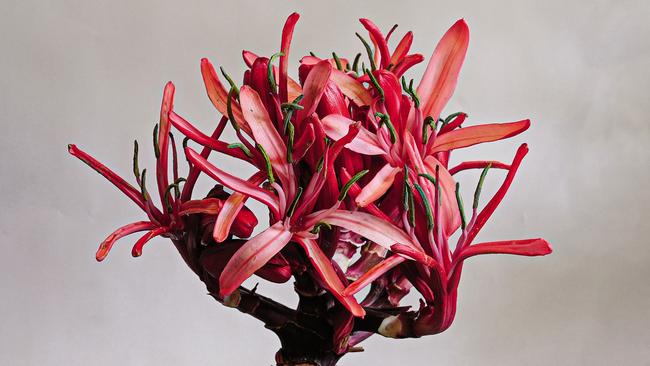
I encourage my clients not to be afraid to use statement-sized branches as they give a simple yet striking effect and have great longevity.
The red flowering gum at Christmas has become its own recent phenomenon, even rivalling peony season. You really can see why people fight for the best branches. The pinks, the oranges, the reds and the whites all together are magnificent and such fun to drape from a height or use as a centrepiece.
Your florist can become your best friend when it comes to learning how to shape and sculpt a mass of single native species into your own vessels. And when bringing the bush indoors, inspiration is never far off – turn your gaze to a Margaret Olley or Preston painting for mixing colours and varietals.
I hope everyone’s Christmases are filled with all the sights and scents of this incredible land.
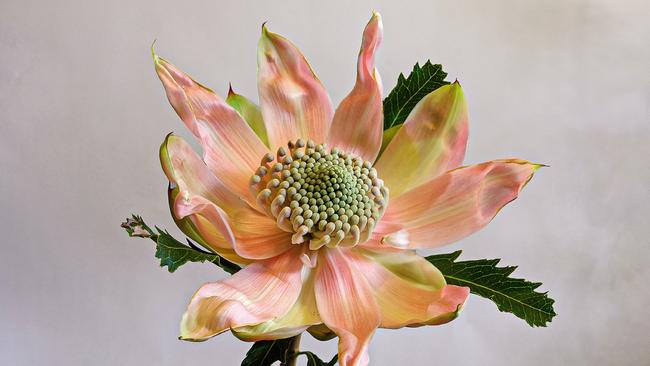
Flowering gum
Pure joy. I use these festive red, orange, white and pink blooms on branches in the home during summer and for celebrations.
Paper daisy
Both delicate and durable and with an incredible palette. I use a single-coloured mass of these beauties as a captivating gesture.
Pink waratah
A cross-varietal with the traditional red variety. I use this enchanting newcomer with its taffeta texture and unfolding bracts for a gasp of delight.
Flannel
Our version of Edelweiss flowers that are like seeing an old friend. Unlike some more robust natives, these sit well alone in smaller and decorative vessels.
Gymea lily
Leathery totems that can stand tall or be cut down for a lower vase. They feel sculptural, prehistoric and proudly local for a new generation of native lovers.
This article appears in the December issue of WISH Magazine, on sale now.




To join the conversation, please log in. Don't have an account? Register
Join the conversation, you are commenting as Logout